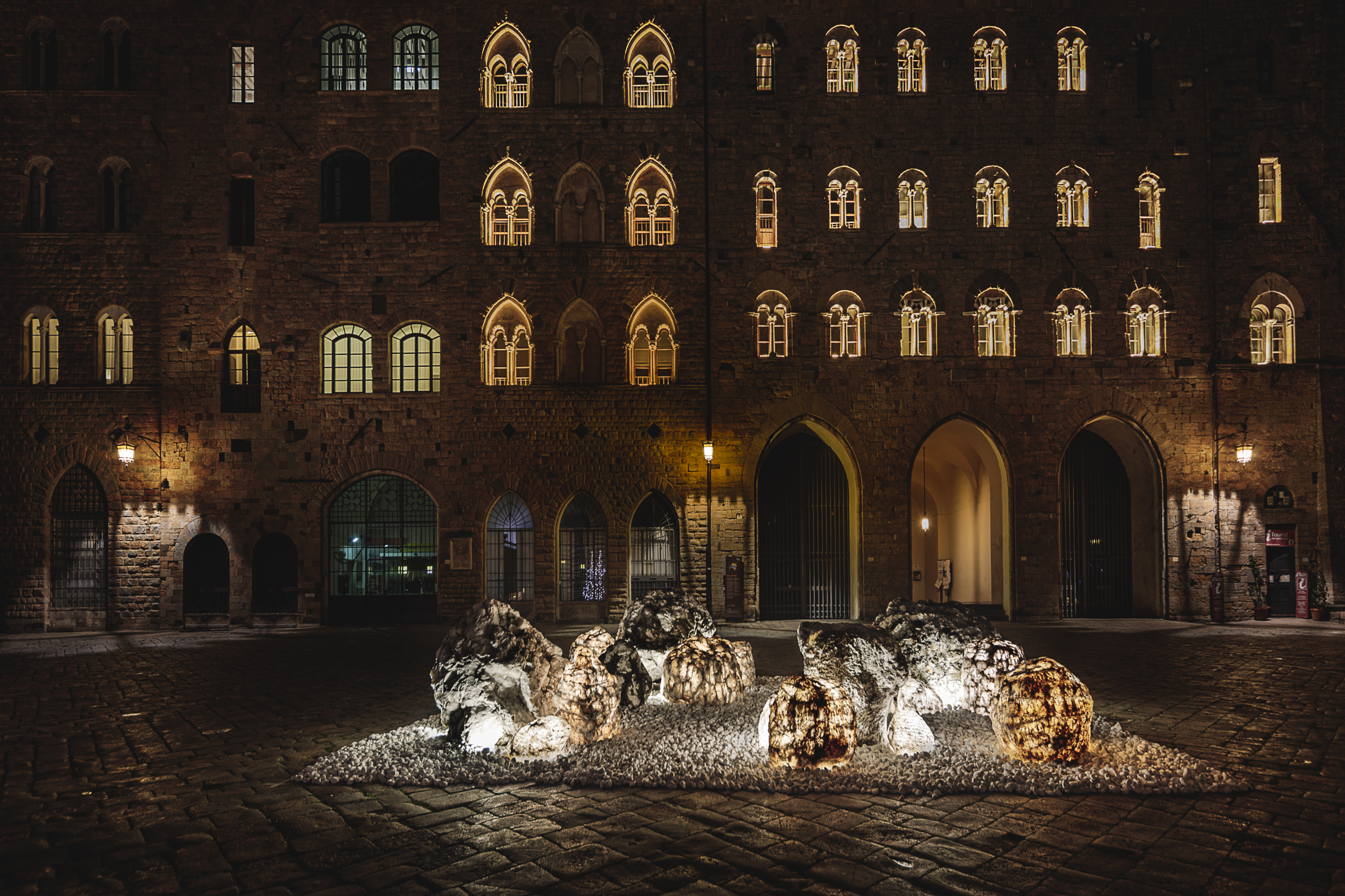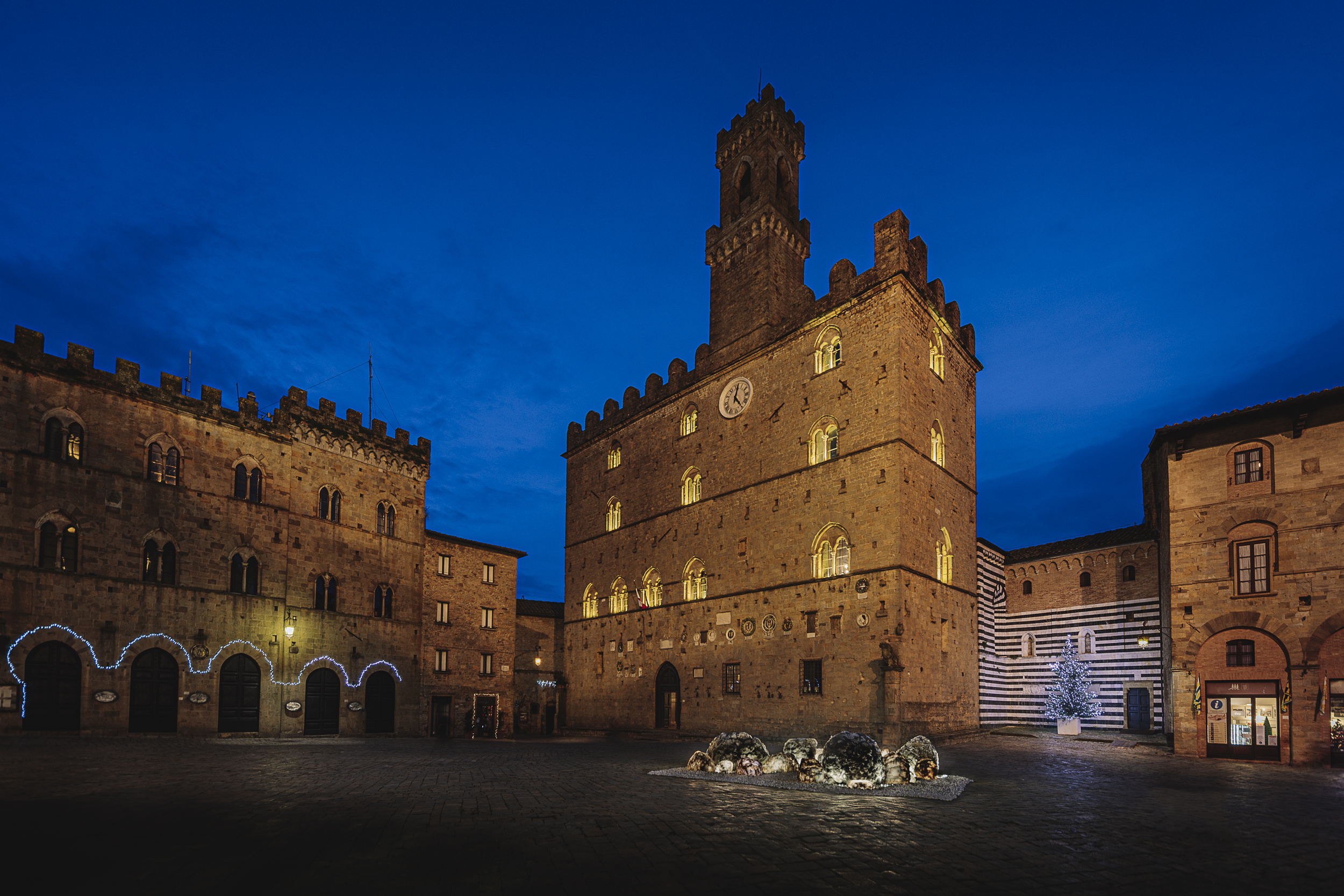My name is Luisa Bocchietto, I am an architect and designer.
My work as an architect, the professional path I have pursued since graduating, has been conditioned by the fact that I graduated from the Institute of Technology in Milan under the supervision of Marco Zanuso, a great designer recognised as one of the masters of Italian design.
My work as a designer, on the other hand, has been conditioned by the fact that I am an architect.
In essence, I feel like a designer who tackles projects at different scales, with the same methodology and an ethical approach that I believe stems from having studied the history of architecture and its utopias.
I consider myself an Architect (Architetto in Italian) and I don't need to be called “architetta” (the feminine term), which is apparently more politically correct nowadays; I conquered this role with hard work in the field and I like being called this.
Of course, at the beginning, on the construction site, several years ago, it was tiring to hear the operators addressing the various consultants, each one calling them by their title: engineer, surveyor, lawyer... and then hearing them call me “ma’am”.
It still happens sometimes that when dealing with employees of a new company, I laugh and ask that they refer to me as “architetto”, or by my first name “Luisa” but never “ma'am”, so they laugh too and we come out the other side unscathed!
Some still find it difficult to recognise a woman's decision-making role.
As a woman, it was not easy to combine work, family and personal life; it was possible thanks to good health, the help of the family and at the cost of some sacrifices. What weighed heaviest, however, was the underlying social pressure; a sort of veiled criticism of wanting to pursue my own ambitions for career success, which would inevitably clash with the role of mother and the ability to fulfil it, a very strong deterrent that men do not know.
Nowadays, some things have changed for women professionals, at work and in the family, but there is still a long way to go to achieve real equality.
The care, of the home, of children, of parents, still rests on women and this was seen during the pandemic, a period when leaving work was a forced choice for many women.
Out of commitment to the female universe, after having experienced first-hand the difficulties of being a designer, in 2008 I created an exhibition in Turin, with Anty Pansera, on women and design; it was called “DcomeDesign” and the word 'woman' was not present in the title, it was only suggested by the capital D [Donna in Italian] used for Design.
The approach was not so much that of a feminist claim as a desire to highlight many leading figures in the industry who remained less known to the general public.The biographies of 300 women working in design in Italy were collected, their challenges recounted, their work exposed. Since then, the number has grown exponentially.
The exhibition stemmed from my initial desire to pay homage to Anna Castelli Ferrieri who had been an architect, designer and the first and only woman to chair the ADI, the Association for Industrial Design. When she passed away, she had not, in my opinion, received the due homage that I had seen her male colleagues receive on similar occasions. Along the way, the objective of the exhibition broadened to involve an overview and what interested me during the course of the research was to understand whether there was a feminine design, distinguished by its own characteristics, as opposed to male design.
The answer I gave myself at the conclusion of the work was that there is only good design and that it depends on the individual's ability to read and interpret the reality around us.
Having printed the catalogue at the end of February, before the exhibition scheduled to open on 8 March, I was elected President of ADI, an invisible sort of passing of the baton.
This other experience, which lasted two three-year terms, then led me to the presidency of the World Design Organisation, and gave me the opportunity for a lengthy reflection on the relationship between the female role and any representative public role.
There is a kind of emotional block that stands between being a woman and wanting to take on a role of little or great power. It is as if, deep down, this wants to undermine the aura reserved for the male world, dismantling its devices; for many, the step is impossible because it is in dissonance with their femininity. We need to overcome a taboo that wants us to be compliant, loving, patient and ready to sacrifice for someone other than ourselves. To want something for ourselves, as people, on a mental level, is already a challenge. Deciding to want a power is a kind of declaration of lese majesty; one has to be aware of knowing how to deal with the consequences.
 Luisa Bocchietto
Luisa Bocchietto
Women’s approach to power, when it is achieved, is different and I have observed its mechanisms. It derives from a generally more difficult path and is, therefore, more willing to listen, less authoritarian, but perhaps more hard-nosed. In a logic of competitive group struggle, men are more gregarious animals, accustomed to assessing the forces in the field and acting accordingly; women have, for now, less experience and work for those who will come after. Perhaps, given the general situation, this naivety (or wisdom) is a great asset.
I am wondering why I talk about these things, instead of talking about my own work, which would be more profitable in terms of self-promotion. Perhaps it is because I think the beauty of the designer's work is very much connected with the ethical value of what one does; in creating objects, such as products or architecture, one wonders if they are right, necessary, if they improve the environment and people's lives.
Inevitably one comes up against rules and wants to change them and so, fatally, the project from a merely technical programme becomes social, political.
Currently, the digital revolution is disrupting roles, production processes, jobs, professions. It is important to ask what the boundaries, the responsibilities are.
Ernesto Nathan Rogers’ famous slogan from the 1950s, which proposed design as a valid discipline “from the spoon to the city” and which was then, for many, incomprehensible at the time when it was thought that designers were responsible for designing objects, architects for buildings, town planners for cities, has now become a reality: design is in fact spread over a complex and interconnected matter that requires relationships and solutions that go beyond individual skills
The essence of design is to work on transversal connections to create innovation.
The fascination of this profession is that one acquires experience straddling the technical and humanistic worlds, and the ability must be to interpret the best composition to meet expectations in every situation.
One has to be a curious person to make a good project, bold at times, with a few far-fetched ideals. Being a woman does not help but makes it interesting.
The two projects I intend to bring to your attention are:
1) The restoration of Palazzo Gromo Losa at Piazzo in Biella – (Architecture)
This is a project to restore a large, historic building with a park, which was developed over several years; a building that was once a school entrusted to nuns and now houses various public facilities (conference centre, counselling centre, music school, shelter).
The restoration and conservative redevelopment, subject to the opinion of the Superintendence, included the removal of superfetation built over the years to restore the qualities of the original layout, the renovation of rooms such as gyms to conference halls, terraced roofs and cellars to museum rooms, and the use of innovative materials and solutions to characterise the new functions.
The architectural, structural, and plant engineering parts of the project were supervised, right down to the design of the furniture. The design, building practices, co-ordination of companies and other designers, works management, specifications and progress reports were followed.
Principal Fondazione Cassa di Risparmio di Biella.
2) The ILUMINA – ARNIONI project in Volterra – (Design)
This is a strategic design project for the enhancement of the territory.
The project started from the request to realise a temporary urban work planned for the Christmas period in Piazza dei Priori in Volterra.
The assignment turned into an in-depth project on the traditional local working of alabaster, which led to the creation of an installation “Arnioni in Piazza” created with the collaboration of local alabaster workers, which has now become a permanent work in the city, and to the production of a “Ilumina”, a lamp holder, which has become a symbol of hope.
The project developed during the year 2000, during the heaviest period of the pandemic, on the occasion of and in support of the City’s candidature as a finalist for Italian Capital of Culture 2022.
The project was selected by ADI Design Index 2021 and is now a candidate for the Compasso d'Oro.
The assignment now continues within the city nominated First Capital of Culture of Tuscany 2022, with a series of activities that will involve the involvement of other designers and the renovation of the Alabaster Museum.
Principal the City of Volterra.








